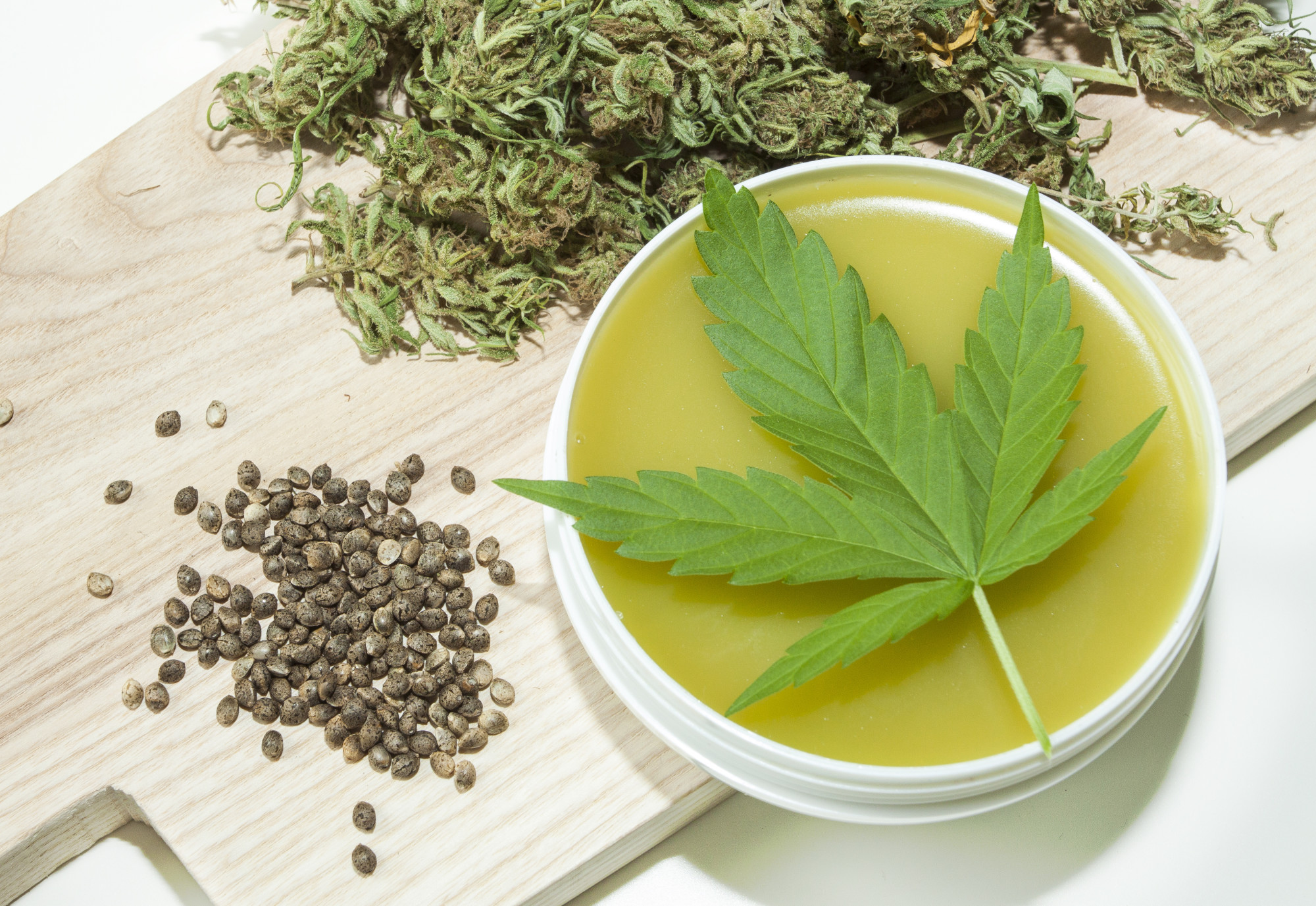Did you know 14% of Americans have used CBD products as of 2019?
By now, you’ve definitely experienced the CBD craze in one way or another. Ever since it became federally legal to grow and sell CBD products, there are tons of ways to reap the benefits of the hemp plant.
Whether you’re using a CBD topical cream, taking a gel gap, adding a tincture to your morning coffee, or even taking a bath in a CBD infused bath bomb, there are so many ways to experience the wonderful world of CBD.
Have you ever wondered how these products actually work? This article will explain how your body processes CBD and how CBD topical cream (or CBD topical salve!) works with your body to help alleviate discomfort in the muscles and joints. Let’s get to it!
The Endocannabinoid System
Did you know that every living thing has receptors specifically for the cannabinoids in CBD? It’s true!
The purpose of the Endocannabinoid System (ECS) is to maintain homeostasis, which is that pleasant, calm feeling. In addition, it helps regulate crucial systems for our bodies, like our cardiovascular, nervous, and immune systems.
The ECS also has a big role in affecting our moods, including mental health disorders like anxiety and depression.
The ECS is responsible for processing all incoming cannabinoids by receiving and distributing them throughout the body.
In the hemp plant are phytocannabinoids, which are naturally occurring cannabinoids. Instead of connecting directly with receptors as THC (marijuana) does, CBD simply slows the breakdown of other endocannabinoids that promote homeostasis in the body.
That way, your body can maintain homeostasis longer.
Unlike THC, CBD does not have psychoactive effects and it’s safe to take every day whether it’s oral or topical.
How Does CBD Topical Cream Work?
Many people swear by CBD topical slave or CBD topical cream to help alleviate pain or regulate inflammation. A quick internet search will show you many stories of how CBD has helped change the lives of people living with chronic pain or illness. So why not give it a shot?
According to the Arthritis Foundation, preliminary research on animals has shown that CBD might have some pain-relieving and anti-inflammatory benefits that could help people specifically with arthritis pain, which can often be debilitating and significantly impact quality of life.
CBD topicals, which are applied directly to the skin, penetrate your skin to bind to cell receptors in the skin tissues, muscles, and even the nerves.
Not only do CBD topicals have the potential to reduce painful skin conditions on the surface, they might be able to relieve tension after workouts and prevent muscle aches.
If you’re in the market for a CBD topical cream, check out products from Xceptol! Make sure you purchase a dosage that you’ve discussed with your doctor, especially if you’re using it to treat a specific ailment.
Types of CBD
Before you start shopping for a CBD topical or ingestible product, there are a couple of types of CBD you’ll want to be on the lookout for.
Here is some language you might see on CBD products.
- Full Spectrum: This form of CBD contains the entire spectrum of cannabinoids in the hemp plant, so you’re likely to experience the “entourage” effect of all the cannabinoids working in combination. These products will likely contain under the legal amount of 0.3% of THC, but won’t get you high.
- Broad Spectrum: Broad spectrum is essentially full spectrum CBD but without any THC. These two terms are often used interchangeably, so be sure to check the labels and ingredients of each product.
- CBD Isolate: This is the purest form of CBD as it is completely isolated from all other cannabinoids.
Should I Use a CBD Topical for Pain?
If you’re on any medications, you should always talk with your doctor before adding CBD to your healthcare regiment. CBD might interact with certain medications that arthritis patients are on, like Naproxen or Ibuprofen.
CBD is legal, but you’ll want to be sure you’re purchasing from a reputable company. Here are some quick tips to make sure you’re buying a product that’s actually beneficial.
- Check to see if the company publishes third-party lab results. If they don’t, look into their FAQs on their website or reach out to a customer service representative. Since CBD isn’t regulated by the FDA, it’s crucial that your CBD is tested for actual cannabinoid content and harmful ingredients like heavy metals, mold, and chemicals.
- Read reviews! It’s always a good idea to read through reviews and make sure the product you’re interested in has worked for other people.
- Check the dosage and do some research to make sure the product will be effective, whether it’s topical or ingestable. Work with your doctor to pick a low dosage to start and work up from there slowly.
- Stay curious and have an open mind! You might not feel the effects of CBD after one or two doses. With time and careful attention to your body, you’ll start to reap the many benefits of CBD too.
Using CBD In Your Life
Now that you know everything about how to use CBD topical cream, it’s time to get started! Using topical CBD for pain is a common way to quickly make an impact on your health.
Many people have reported feeling relief when using a CBD topical, many of which even have other ingredients to soothe irritated skin.
If you’re interested in learning more about CBD products or CBD lifestyle, check out the rest of our blog for more articles.

